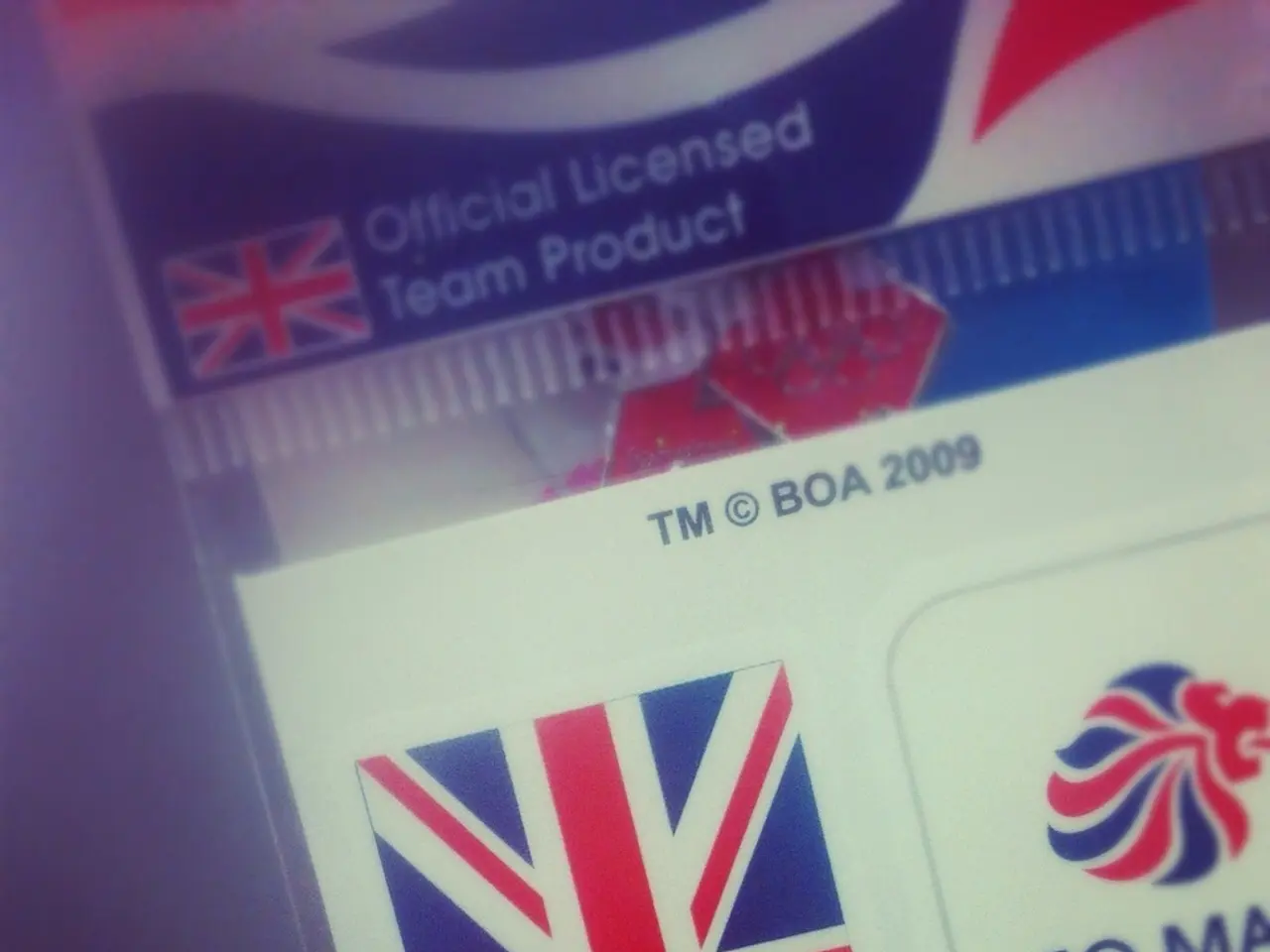Measuring Your Twitter Success in 2025: Essential Key Performance Indicators to Track
### Key Twitter KPIs for a Successful Marketing Strategy in 2025
In the ever-evolving world of social media marketing, understanding key performance indicators (KPIs) is crucial for businesses aiming to thrive on platforms like Twitter. These metrics offer insights into engagement, audience growth, and return on investment (ROI). Here's a breakdown of essential Twitter KPIs and their calculation methods:
#### 1. **Engagement Rate** - Definition: Measures the percentage of users who interact with a tweet out of those who see it. - Calculation: Engagement rate = (Likes + Retweets + Replies + Mentions) / Impressions * 100. - Purpose: Helps understand how well tweets resonate with the audience.
#### 2. **Follower Growth** - Definition: Tracks the increase in the number of followers over time. - Calculation: Follower growth rate = (New followers / Total followers at the start of the period) * 100. - Purpose: Indicates the effectiveness of attracting new followers.
#### 3. **Impressions** - Definition: Measures the number of times users see a tweet. - Calculation: Impressions are directly reported by Twitter Analytics. - Purpose: Helps evaluate content visibility and reach.
#### 4. **Conversions or Sales** - Definition: Tracks the number of conversions (e.g., purchases, sign-ups) directly resulting from tweets or Twitter Ads. - Calculation: Conversions = Number of conversions / Clicks on tweets or ads. - Purpose: Assesses the direct ROI from Twitter marketing efforts.
#### 5. **Branded Hashtag Performance** - Definition: Measures the engagement and reach when using branded hashtags. - Calculation: Uses Twitter Analytics to track hashtag mentions and related engagement metrics. - Purpose: Helps understand the impact of branded hashtags on audience engagement.
#### 6. **Tweet-Specific Metrics** - Definition: Includes retweets, replies, and link clicks for individual tweets. - Calculation: Directly reported by Twitter Analytics. - Purpose: Evaluates the performance of specific tweets and content types.
To effectively track these KPIs, leverage Twitter Analytics or third-party tools such as Hootsuite or Sprout Social, which offer comprehensive dashboards and insights into tweet performance and audience behavior.
#### Calculating KPIs and Setting Goals - **SMART Goals**: Set Specific, Measurable, Achievable, Relevant, and Timely goals for each KPI to ensure alignment with business objectives. - **Data-Driven Decisions**: Use the data from these KPIs to adjust marketing strategies and optimize content for better engagement and ROI. - Potential reach on Twitter is a crucial measure for social media marketers, indicating success in diversifying and increasing the audience. - Hashtags can be used for campaigns, increased reach, chats, discovery, comparison, and potential reach measurement. - Retweeting a tweet is a way for individuals to show interest in a brand and spread its message to their followers. - Engagement includes replies, retweets, mentions, and favorites. - Mentioning a brand (User C) increases potential reach by 1 (User C mentioning your brand). - Retweeting a tweet by another user (User D) adds their followers to the potential reach (User D has 9 followers). - Analyzing Twitter metrics is essential for understanding success on the platform, allowing for informed decisions about Twitter for business strategy. - The potential reach of a tweet is calculated by adding the number of users who mention the brand to the sum of their followers (Potential reach = 16). - Engagement is a key Twitter KPI, accounting for every interaction a follower has with a brand on Twitter that results in it appearing in their timeline. - Response time is calculated by subtracting the time of the initial incoming tweet from the time of the reply and averaging the time difference between each reply. - Hashtags are essential for Twitter strategies, enabling interaction with individuals and creating branded campaigns.
Technology plays a significant role in measuring the success of a marketing strategy on Twitter, with social-media analytics tools like Twitter Analytics, Hootsuite, and Sprout Social helping to analyze key performance indicators (KPIs) such as engagement rates, follower growth, impressions, conversions, branded hashtag performance, and tweet-specific metrics. In the realm of entertainment, hashtags are instrumental in creating engaging campaigns, increasing reach, and measuring potential reach on Twitter.




